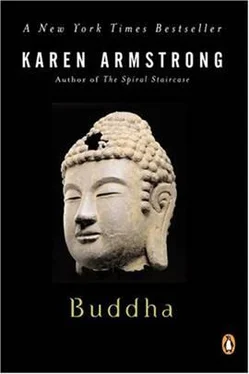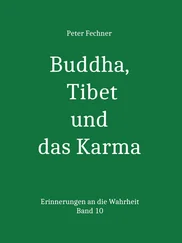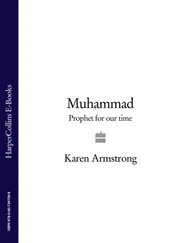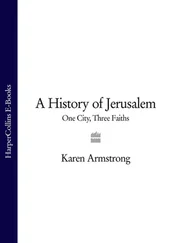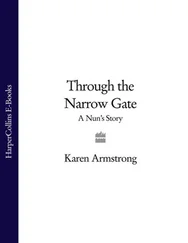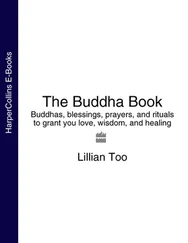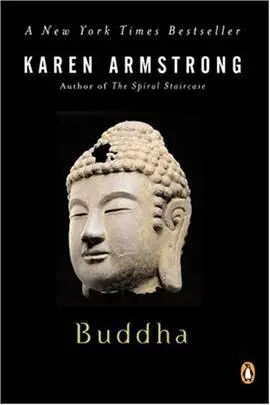
Some Buddhists might say that to write a biography of Siddhatta Gotama is a very un-Buddhist thing to do. In their view, no authority should be revered, however august; Buddhists must motivate themselves and rely on their own efforts, not on a charismatic leader. One ninth-century master, who founded the Lin-Chi line of Zen Buddhism, even went so far as to command his disciples, “If you meet the Buddha, kill the Buddha!” to emphasize the importance of maintaining this independence from authority figures. Gotama might not have approved of the violence of this sentiment, but throughout his life he fought against the cult of personality, and endlessly deflected the attention of his disciples from himself. It was not his life and personality but his teaching that was important. He believed that he had woken up to a truth that was inscribed in the deepest structure of existence. It was a dhamma ; the word has a wide range of connotations, but originally it denoted a fundamental law of life for gods, humans and animals alike. By discovering this truth, he had become enlightened and had experienced a profound inner transformation; he had won peace and immunity in the midst of life’s suffering. Gotama had thus become a Buddha, an Enlightened or Awakened One. Any one of his disciples could achieve the same enlightenment if he or she followed this method. But if people started to revere Gotama the man, they would distract themselves from their task, and the cult could become a prop, causing an unworthy dependence that could only impede spiritual progress.
The Buddhist scriptures are faithful to this spirit and seem to tell us little about the details of Gotama’s life and personality. It is obviously difficult, therefore, to write a biography of the Buddha that will meet modern criteria, because we have very little information that can be considered historically sound. The first external evidence that a religion called Buddhism existed comes from inscriptions made by King Asoka, who ruled the Mauryan state in North India from about 269 to 232 b.c.e. But he lived some two hundred years after the Buddha. As a result of this dearth of reliable fact, some Western scholars in the nineteenth century doubted that Gotama had been a historical figure. They claimed that he had simply been a personification of the prevailing Samkhya philosophy or a symbol of a solar cult. Yet modern scholarship has retreated from this skeptical position, and argues that even though little in the Buddhist scriptures is what is popularly known as “gospel truth,” we can be reasonably confident that Siddhatta Gotama did indeed exist and that his disciples preserved the memory of his life and teachings as well as they could.
When trying to find out about the Buddha, we are dependent upon the voluminous Buddhist scriptures, which have been written in various Asian languages and take up several shelves in a library. Not surprisingly, the story of the composition of this large body of texts is complex and the status of its various parts much disputed. It is generally agreed that the most useful texts are those written in Pali, a north Indian dialect of uncertain provenance, which seems to have been close to Magadhan, the language that Gotama himself may have spoken. These scriptures were preserved by Buddhists in Sri Lanka, Burma and Thailand who belonged to the Theravada school. But writing was not common in India until the time of Asoka, and the Pali Canon was orally preserved and probably not written down until the first century b.c.e. How were these scriptures composed?
It seems that the process of preserving the traditions about the Buddha’s life and teaching began shortly after his death in 483 (according to the traditional Western dating). Buddhist monks at this time led itinerant lives; they wandered around the cities and towns of the Ganges plain and taught the people their message of enlightenment and freedom from suffering. During the monsoon rains, however, they were forced off the road and congregated in their various settlements, and during these monsoon retreats, the monks discussed their doctrines and practices. Shortly after the Buddha died, the Pali texts tell us that the monks held a council to establish a means of assessing the various extant doctrines and practices. It seems that about fifty years later, some of the monks in the eastern regions of North India could still remember their great Teacher, and others started to collect their testimony in a more formal way. They could not yet write this down, but the practice of yoga had given many of them phenomenally good memories, so they developed ways of memorizing the discourses of the Buddha and the detailed rules of their Order. As the Buddha himself had probably done, they set some of his teachings in verses and may even have sung them; they also developed a formulaic and repetitive style (still present in the written texts) to help the monks learn these discourses by heart. They divided the sermons and regulations into distinct but overlapping bodies of material, and certain monks were assigned the task of committing one of these anthologies to memory and passing it on to the next generation.
About a hundred years after the Buddha’s death, a Second Council was held, and by this time it seems that the texts had reached the form of the present Pali Canon. It is often called the Tipitaka (“Three Baskets”) because later, when the scriptures were written down, they were kept in three separate receptacles: the Basket of Discourses ( Sutta Pitaka ), the Basket of Disciplines ( Vinaya Pitaka ), and a miscellaneous body of teachings. Each of these three “Baskets” were subdivided as follows:
[1] Sutta Pitaka , which consists of five “collections” ( nikayas ) of sermons, delivered by the Buddha:
[i] Digha Nikaya, an anthology of thirty-four of the longest discourses, which focus on the spiritual training of the monks, on the duties of the laity, and on various aspects of the religious life in India in the fifth century b.c.e. But there is also an account of the Buddha’s qualities ( Sampasadaniya ) and of the last days of his life ( Mahaparinibbdna ).
[ii] Majjhima Nikaya, an anthology of 152 middle-length sermons ( suttas ). These include a large number of stories about the Buddha, his struggle for enlightenment and his early preaching, as well as some of the core doctrines.
[iii] Samyutta Nikaya: a collection of five series of suttas, which are divided according to subject, on such matters as the Eightfold Path and the makeup of the human personality.
[iv] Anauttara Nikaya, which has eleven divisions of suttas, most of which are included in other parts of the scriptures.
[v] Khuddaka-Nikaya, a collection of minor works, which include such popular texts as the Dhammapada, an anthology of the Buddha’s epigrams and short poems; the Udana, a collection of some of the Buddha’s maxims, composed mostly in verse, with introductions telling how each one came to be delivered; the Sutta-Nipata, another collection of verses, which include some legends about the Buddha’s life; and the Jataka, stories about the former lives of the Buddha and his companions, to illustrate how a person’s kamma (“actions”) have repercussions in their future existences.
[2] The Vinaya Pitaka, the Book of Monastic Discipline, which codifies the rules of the Order. It is divided into three parts:
Читать дальше
